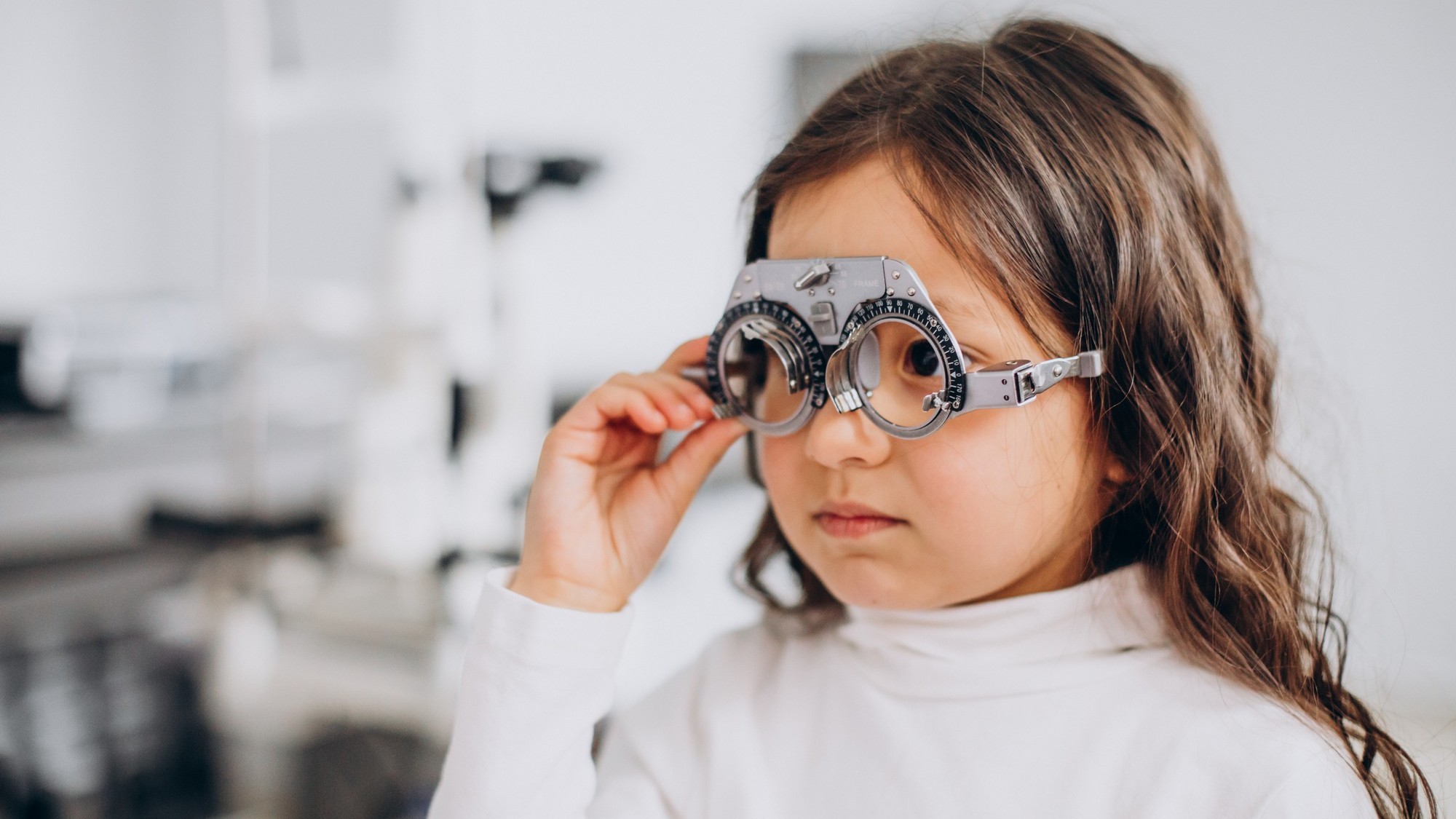
The myopia has become a critical global public health issue. This is highlighted by the increasing prevalence of pathological myopia, which poses significant risks to visual health and leads to potential losses in economic productivity.
The natural process by which the eye achieves sharp vision by focusing light directly on the retina, without the need for corrective lenses or effort, is called emetropisation. In the prediction and treatment of myopia, the research considers that the peripheral blur theorywhich affects the visual feedback mechanism in emmetropisation, may play a key role.
However, scientific progress in this field has been hampered by challenges such as ambiguity in the definition and classification of peripheral defocus, as well as inconsistencies in clinical research findings. A recent research workin which the Spanish scientist Pablo ArtalThe Rafael del Pino Foundation Chair in Science and SocietyThe new project offers a comprehensive analysis of peripheral refraction to contribute to its momentum.
The investigation has brought together forces from the University of Murcia Optics Laboratorythe Aier Academy of Ophthalmology of the Central South University (Changsha, China) and the Aier School of Optometry and Vision Science of the Hubei University of Science and Technology (Xianning, China). The paper includes a proposed definition of peripheral refraction, measurement methodologies, characteristics in different refractive states, clinical applications and underlying mechanisms.
The review also addresses current research limitations, such as the need to differentiate between intrinsic and extrinsic peripheral defocus and the absence of high-resolution measurement tools suitable for large-scale clinical studies. "By advancing the understanding of peripheral refraction, this review aims to inform future researchers and clinicians, paving the way for most effective strategies to prevent and treat myopia in children"The authors state.


